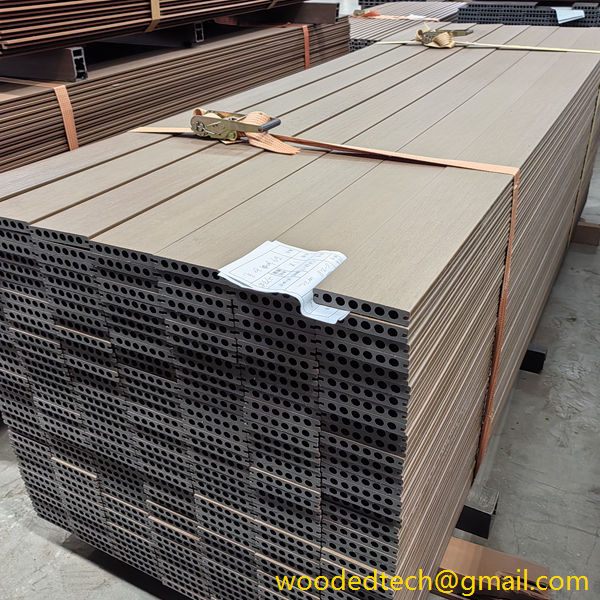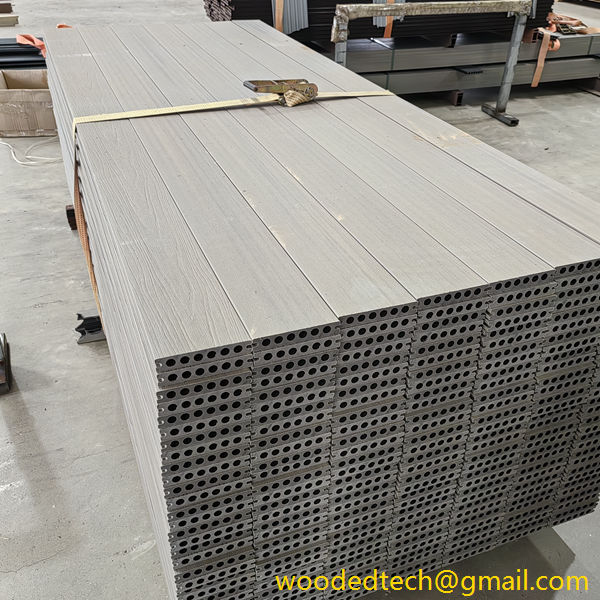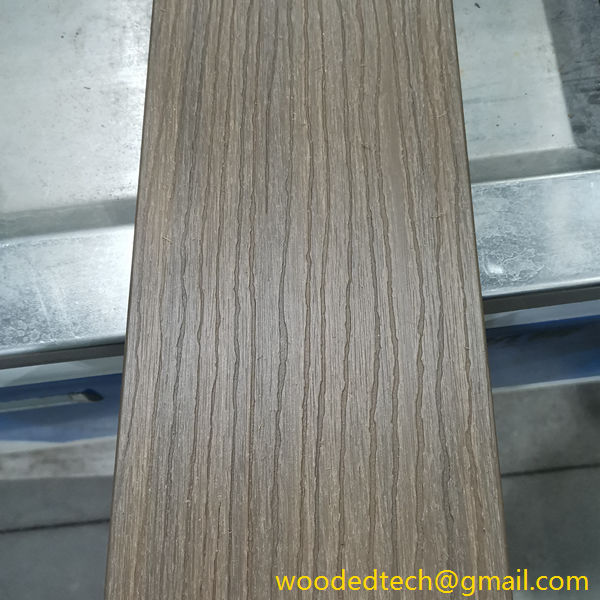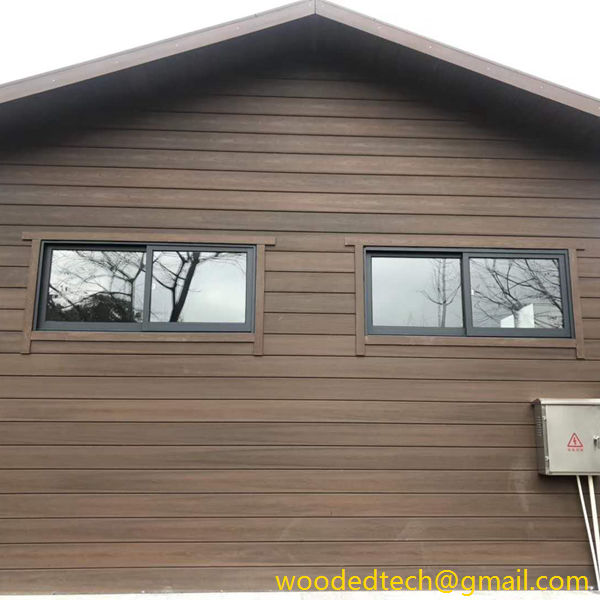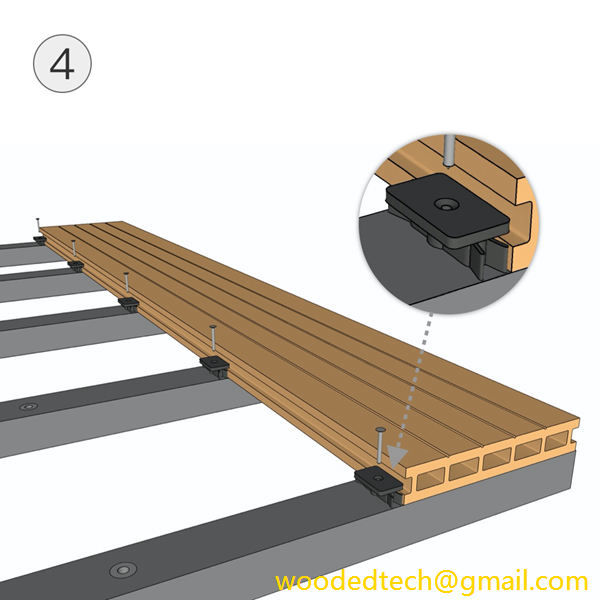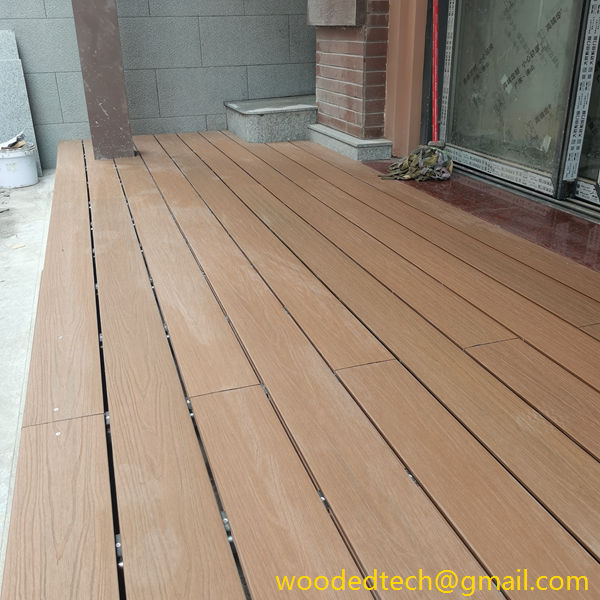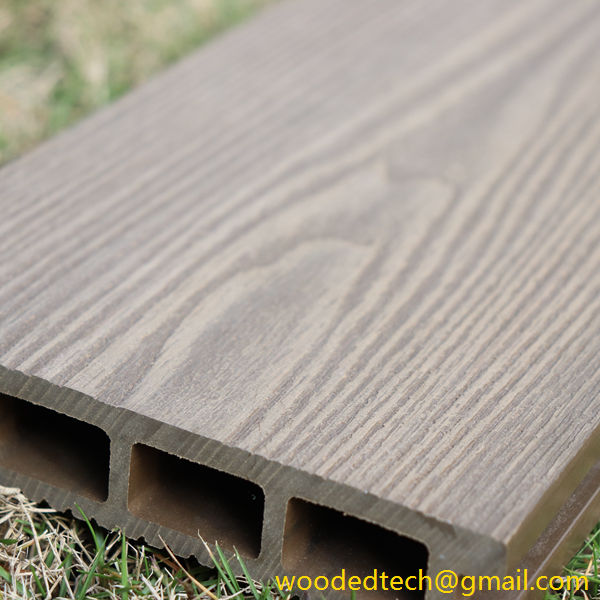Fake Plastic Wood Flooring: Explore the Benefits of Fake Plastic Wood Flooring
Fake Plastic Wood Flooring: Explore the Benefits of Fake Plastic Wood Flooring In recent years, the demand for sustainable and aesthetically pleasing flooring options has surged, prompting advancements in material production technology. Among these innovations, fake plastic wood flooring—often referred to as vinyl or laminate flooring—has emerged as a popular choice for homeowners and businesses…
Fake Plastic Wood Flooring: Explore the Benefits of Fake Plastic Wood Flooring
In recent years, the demand for sustainable and aesthetically pleasing flooring options has surged, prompting advancements in material production technology. Among these innovations, fake plastic wood flooring—often referred to as vinyl or laminate flooring—has emerged as a popular choice for homeowners and businesses alike. This type of flooring mimics the appearance of natural wood while offering a range of benefits that make it an attractive alternative to traditional hardwood. In this article, we will explore the advantages of fake plastic wood flooring, highlighting its durability, ease of maintenance, cost-effectiveness, and environmental impact.
One of the most significant benefits of fake plastic wood flooring is its durability. Traditional hardwood floors are susceptible to scratching, denting, and warping due to moisture and temperature fluctuations. In contrast, fake plastic wood flooring is engineered to withstand heavy foot traffic, making it an ideal option for high-use areas such as living rooms, hallways, and commercial spaces. Many products are designed to be water-resistant or even waterproof, allowing for installation in moisture-prone areas like kitchens and bathrooms without the fear of damage. This durability not only enhances the longevity of the flooring but also reduces the need for frequent replacements, making it a practical investment over time.
Another advantage of fake plastic wood flooring is its ease of maintenance. Unlike hardwood floors that require regular polishing and refinishing, plastic wood flooring is simple to clean and maintain. A routine sweeping or vacuuming followed by mopping with a mild cleaning solution is often sufficient to keep the floors looking fresh and vibrant. Additionally, many products are resistant to stains and fading, ensuring that the flooring retains its appearance even in the face of spills and sunlight exposure. This low-maintenance aspect is especially appealing to busy families and individuals who want beautiful flooring without the hassle of extensive upkeep.
Cost-effectiveness is another compelling reason to consider fake plastic wood flooring. The initial cost of traditional hardwood can be significantly higher than that of plastic wood alternatives. Additionally, the installation process for hardwood can be more complex and labor-intensive, leading to increased professional installation costs. In contrast, many fake plastic wood flooring options feature a click-lock installation system, allowing homeowners to undertake the project themselves if desired. This ease of installation, coupled with lower material costs, makes fake plastic wood flooring a more budget-friendly choice for those looking to enhance their living spaces without breaking the bank.
In terms of aesthetic appeal, fake plastic wood flooring has come a long way in recent years. Advances in printing technology and surface textures have allowed manufacturers to create products that closely resemble the look and feel of natural wood. With a wide variety of colors, styles, and finishes available, homeowners can easily find the perfect match for their interior design preferences. Whether one prefers the rustic charm of reclaimed wood or the sleek sophistication of a modern finish, there is a plastic wood flooring option to suit every taste.
Sustainability is an increasingly important consideration for consumers, and fake plastic wood flooring is often a more environmentally friendly choice compared to traditional hardwood. Many products are made from recycled materials, reducing the demand for virgin resources. Additionally, the manufacturing processes for plastic wood flooring tend to have a lower carbon footprint compared to logging and processing natural wood. For environmentally conscious consumers, selecting fake plastic wood flooring can align with their sustainability goals while still providing the aesthetic benefits of wood.
Furthermore, fake plastic wood flooring is often more resistant to pests, such as termites and other wood-boring insects, which can be a concern with traditional hardwood floors. This added layer of protection not only contributes to the durability of the flooring but also reduces the need for chemical treatments that can be harmful to the environment and indoor air quality.
In conclusion, fake plastic wood flooring presents a compelling alternative to traditional hardwood, offering numerous benefits that cater to the needs of modern consumers. Its durability, ease of maintenance, cost-effectiveness, aesthetic appeal, and sustainability make it an attractive option for both residential and commercial applications. As material production technology continues to evolve, the quality and variety of fake plastic wood flooring will likely expand, providing even more choices for those seeking beautiful and functional flooring solutions. Whether you are renovating your home or designing a new space, considering fake plastic wood flooring could be a wise decision that balances style, practicality, and environmental responsibility.

